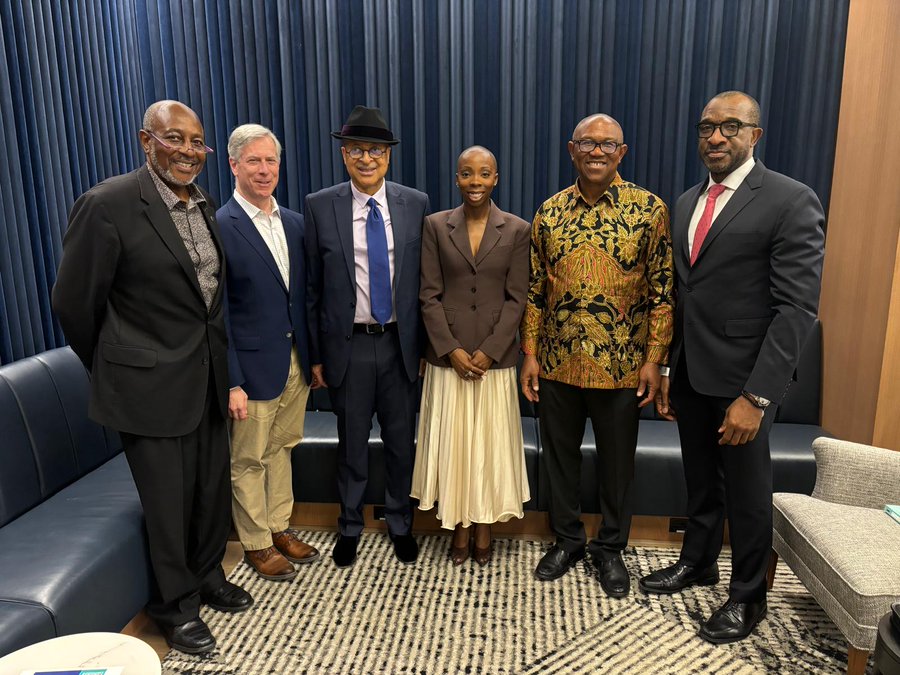Former presidential candidate of the Labour Party, Peter Obi, has identified poor political leadership as the primary factor behind Nigeria’s persistent underdevelopment
The former Anambra State governor said this during his lecture delivered yesterday at Johns Hopkins University, USA.
Speaking on the theme ‘Politics and Change in Nigeria’ at the invitation of Professor Peter Lewis—renowned author of ‘Growing Apart: Comparing Indonesia and Nigeria’—Obi drew sharp contrasts between Nigeria and three peer nations: China, Vietnam, and Indonesia, over the last 35 years.
READ ALSO: Defection: PDP undergoing rebirth, not crisis – Saraki
Obi noted that in 1990, all four countries were ranked in the medium category of the Human Development Index (HDI).
However, by 2025, China, Vietnam, and Indonesia all progressed to the high HDI category, while Nigeria regressed into the low category.
Citing economic data, the 63-year-old recalled that in 1990, Nigeria had a GDP per capita of $556, higher than China ($317), Vietnam ($99), and slightly below Indonesia ($578).
“Today,Nigeria’s GDP per capita is just one-fifth of Indonesia’s ($5000), less than that of Vietnam ($4400), and below one-tenth of China’s ($13,000).”
He also highlighted Nigeria’s alarming poverty trends.
READ ALSO: Peter Obi denied access to Benue amid humanitarian outreach
“In 1990, Nigeria had approximately 50 million people living in poverty—far fewer than China’s 750 million, Indonesia’s 85 million, or Vietnam’s 60 million.”
Obi noted, “Nigeria has more poor people than the three countries combined.”
“The key difference,” Obi stated, “lies in leadership.”
He praised the political leadership in those nations for their character, capacity, and compassion—qualities he said have enabled them to invest meaningfully in education, healthcare, and poverty alleviation.
“Competent, capable, and compassionate leadership with integrity is essential for achieving sustainable development,” Obi stated, stressing that political will, more than resources, determines a nation’s trajectory.

